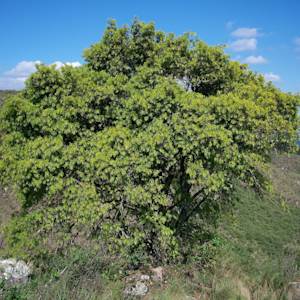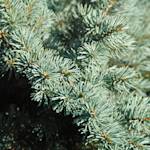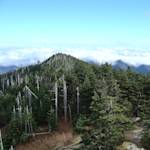Pacific Yew
2023 CE • Pacific Northwest
"Hailing from the Pacific Northwest where western red cedar and fir trees grow, the Pacific Yew, scientifically known as Taxus Brevifolia, is an evergreen conifer of notable distinction. This tree, which grows slowly and gracefully, has adapted to thrive under the shade. It boasts dense, lush foliage and a unique type of cone, resembling a red berry, that adds a dash of color to its otherwise green visage. But what truly sets the Pacific Yew apart from others is its valuable resourcefulness. Nonetheless, these same features also pose a dilemma. The slow rate at which the tree grows, combined with the detrimental effects of indiscriminate harvesting on its habitat, has heightened conservation concerns about its future survival. Endowed with an inherent hardiness, the Pacific Yew is capable of flourishing across a myriad of environmental conditions. Beyond merely surviving, the Pacific Yew plays a pivotal role in its ecosystem. The tree serves as a crucial habitat for a multitude of species, thereby bolstering biodiversity within its native range. But the significance of the Pacific Yew extends beyond its ecological contributions. One of the most intriguing aspects of this tree is its potential in the field of medicine. The bark of the Pacific Yew is a source of a potent anti-cancer compound known as Taxol, making this unassuming tree a focal point in the intertwined discourse of medicinal utilization and ecological conservation. Regrettably, despite the tremendous benefits it offers, the Pacific Yew faces mounting threats. Overharvesting, propelled by the demand for its medicinal properties, coupled with rampant habitat destruction, poses significant challenges to the survival of the Pacific Yew. The reality of the situation has underscored the urgent need for effective measures to protect this invaluable tree species."
"Unlocking the Power of Pacific Yew (Taxus Brevifolia): Its Medicinal Properties and Sustainable Harvesting Challenges," Tree Plantation.
Image: GlacierNPS via Flickr, Public domain
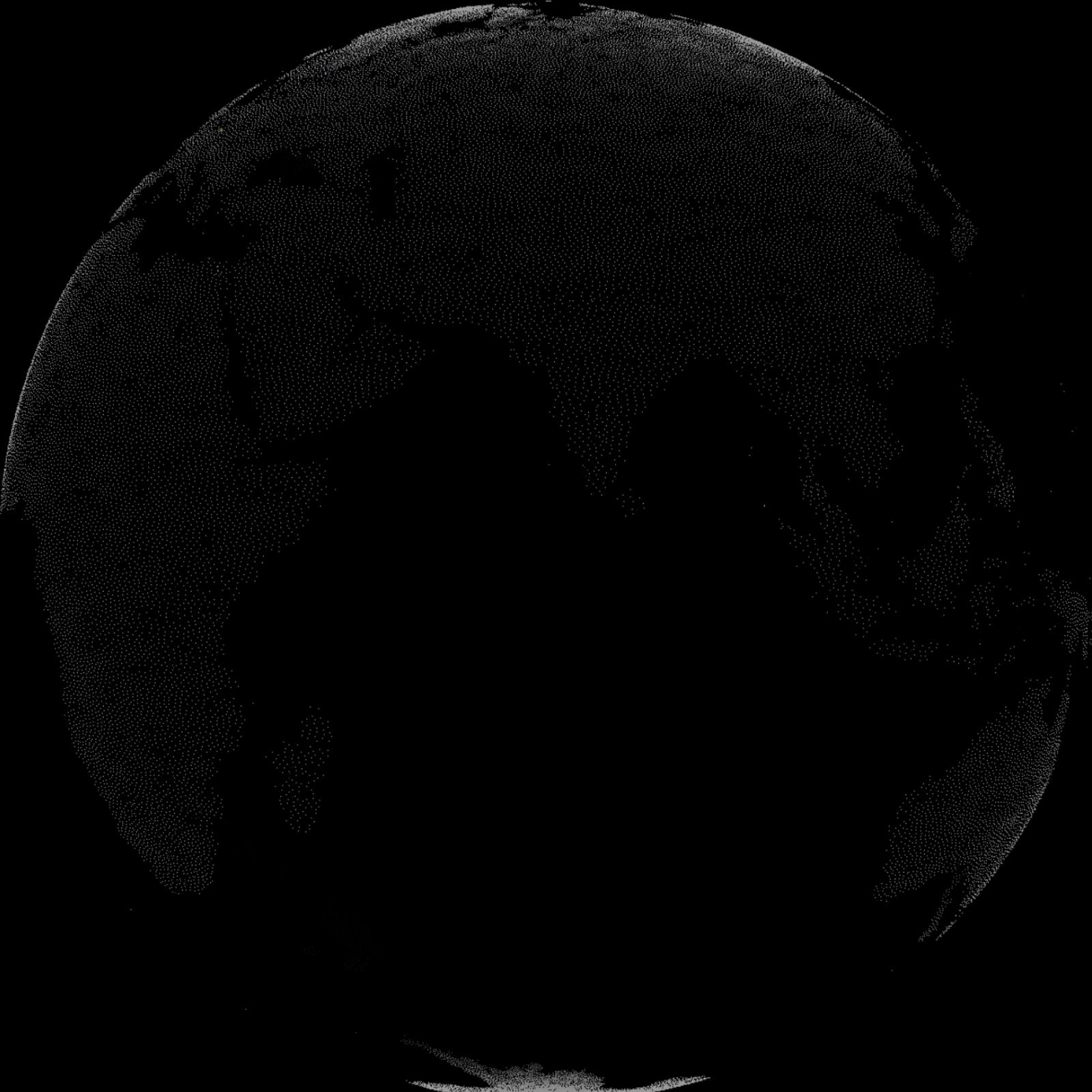

Learn about Maya Lin’s fifth and final memorial: a multi-platform science based artwork that presents an ecological history of our world - past, present, and future.
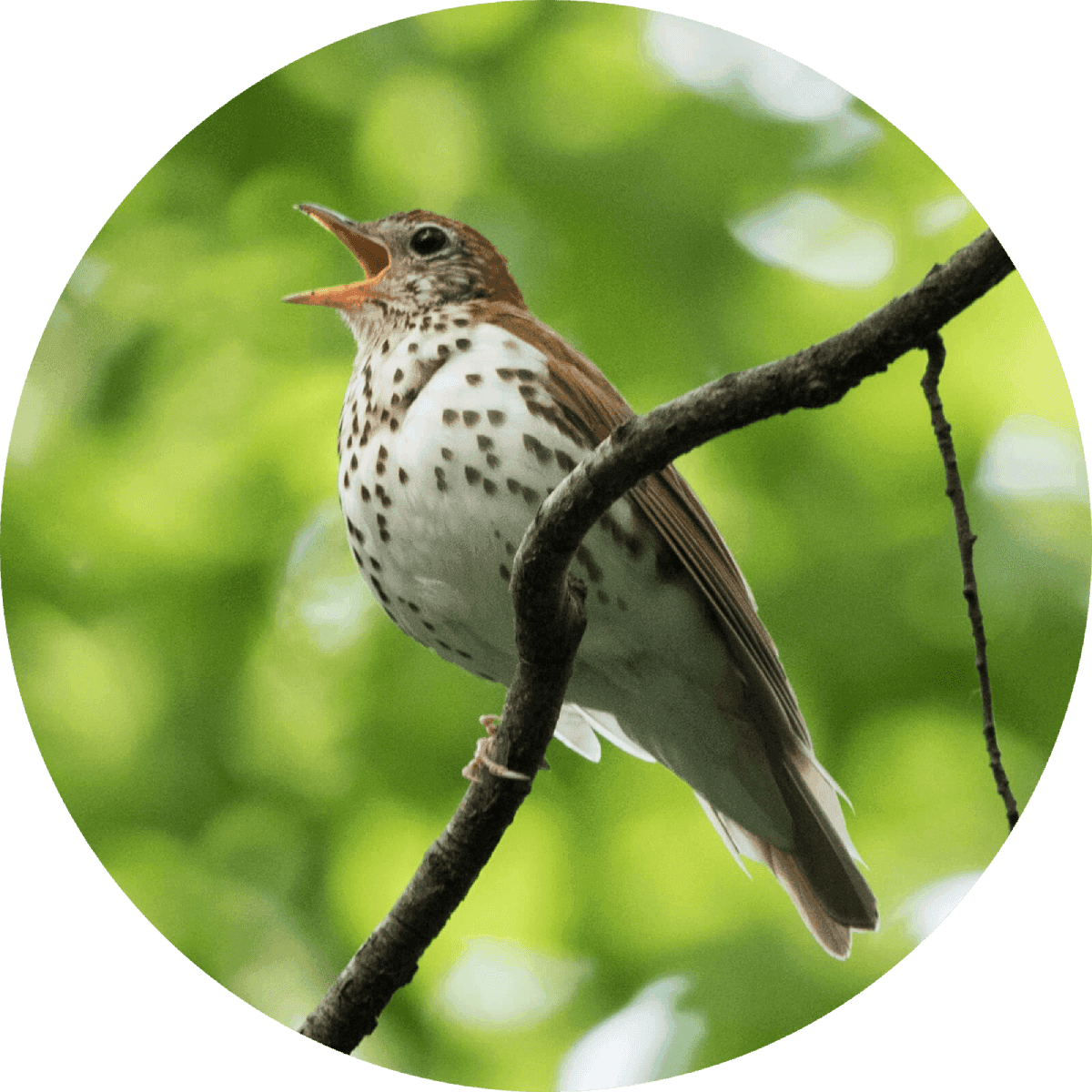
Discover ecological histories and stories of former abundance, loss, and recovery on the map of memory.
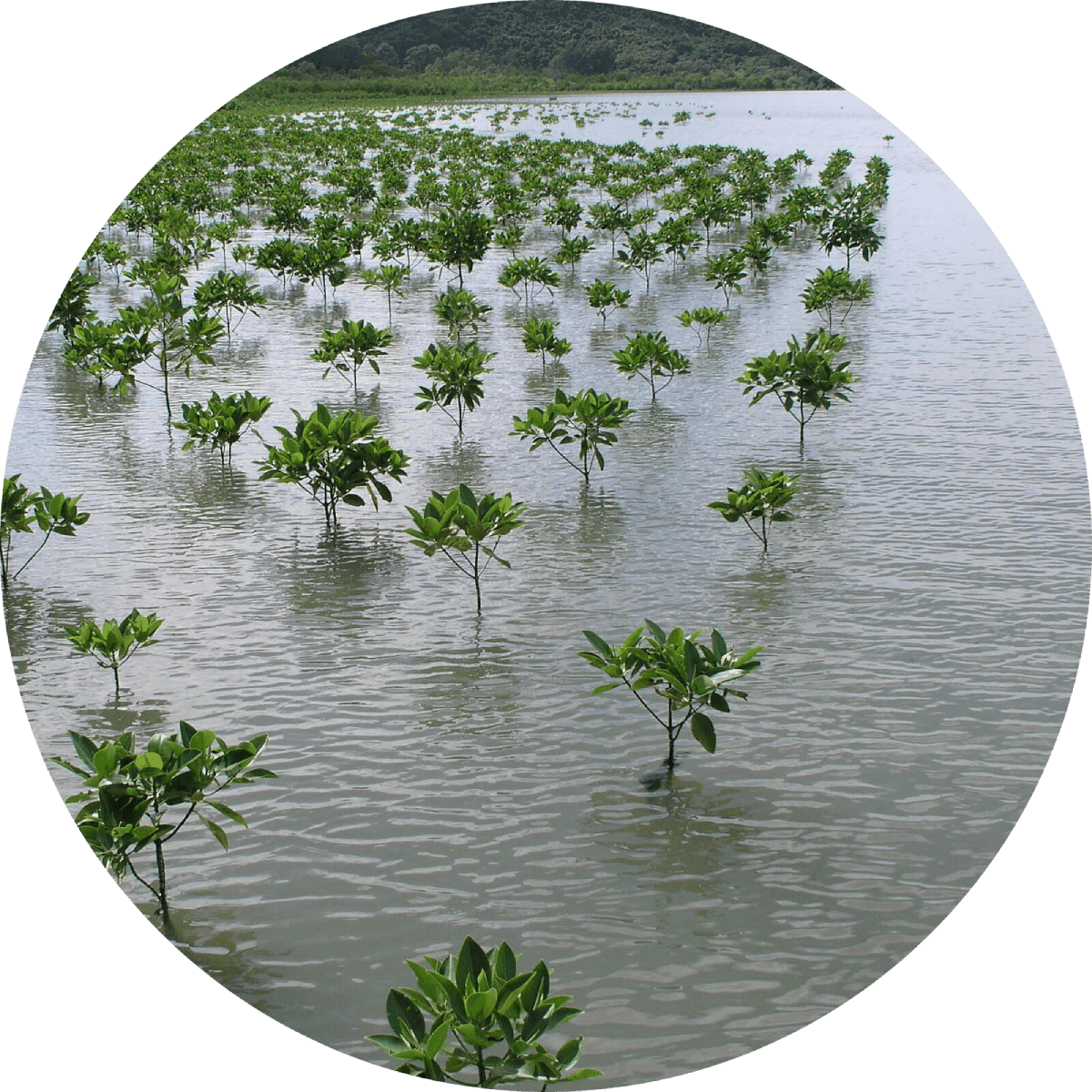
Learn how we can reduce our emissions and protect and restore species and habitats – around the world.

See how art can help us rethink the problems we face, and give us hope that each one of us can make a difference.

Help make a global memorial something personal and close to home. Share your stories of the natural world.
